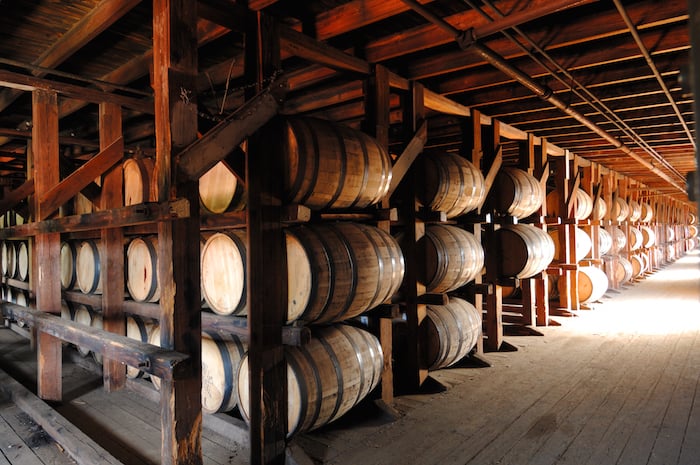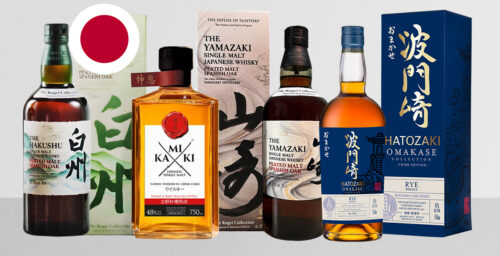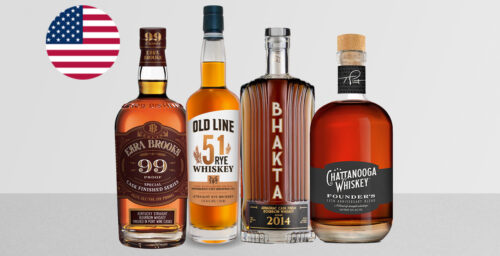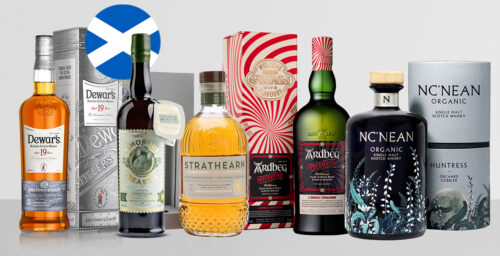Don’t expect any major changes for bourbon, rye, and other types of American whiskey in 2018. The boom will continue. A succinct prediction would be ‘more of the same.’
That means you should not expect much relief from the tight supplies and resulting scarcity of some popular labels. That does not mean there is a whiskey shortage. There will be ample good whiskey available throughout 2018, but some specific brands or expressions may be hard to find.
For some products, artificial scarcity has become an effective business strategy. Don’t expect the running of the unicorns to end anytime soon.
For others, demand continues to outstrip supply, even as supply increases. Some experience feast or famine. When a new lot is released it shows up at retail, on the floor, maybe even at a deal price. If that lot sells out before the next lot is mature, the shelf will be bare. It pays to make the rounds of your favorite whiskey-sellers on a regular basis, because some bottles are here today, gone tomorrow. But you knew that already.

We are often told that all of the extra-aged whiskey is gone, yet, somehow, producers keep coming up with extra-aged expressions. If you like that sort of thing, the only change you may notice is higher prices. Other claims on your paycheck will tout barrel proof, bottled-in-bond, single barrel, and finishes galore. Most will be limited editions.
On the craft front, most craft distillery products will still be too young in 2018, but there should be a few more fully aged offerings. Your best bet with craft is to follow the micros near you. Most have newsletters or an online presence, and it isn’t hard to get to know and follow three or four of them. You don’t have to buy anything, just pay attention to what they’re doing. If you see something you want to try, it might be worth a trip to the distillery. If they do a fully aged product it might be in such small quantity that it will only be sold there. Whether you do that or buy it at a store, you are more likely to have a good experience if you do it this way, rather than staring at a bunch of unfamiliar names on the liquor store shelf and trying to choose one based on label information alone.
Why? Because most new products are either sourced whiskey from a non-distiller producer, or a new brand from a major distiller. It probably won’t be house-made nectar from some great, undiscovered micro. There is nothing wrong with sourced whiskey unless the company pretends it is house-made. Then they are a Potemkin Distillery and should be shunned.
Flavored whiskeys aren’t going away and some may be here for the long haul, such as Jack Daniel’s Honey, but the flavored whiskey action is shifting from the mainstream to the fringe. More and more, new flavored whiskeys, whiskey liqueurs, and other gimmick products will come from non-distiller producers who want a whiskey in their portfolio, but who also want to ‘reinvent’ the category.
This is where fancy bottles, grandiose claims, and celebrity endorsements come in. Whiskey is hip, too hip perhaps, so just like 2017 there will be a lot of stupid whiskey in 2018.
The biggest bourbon trend of 2018 may not involve bourbon at all, except as an ingredient. 2018 may well be the Year of the Blend. Led by Freddie Noe’s marvelous Little Book, a new/old kind of blend may finally have its day.
American-made blended whiskey mostly sucks because it has more vodka in it than whiskey, but a creative blend of well-aged whiskeys of several different types can be a beautiful thing. Wild Turkey, High West, and others have done bourbon and rye blends. Little Book gets its unique character from some 13-year-old corn whiskey, but that is just one example in a limitless and largely un-tapped range of possibilities.
Crafts can blend house-made whiskey with sourced liquid, as Milwaukee’s Great Lakes Distillery does with its Kinnickinnic Whiskey.
Because they make more different whiskey recipes than anyone else, MGP is a natural distiller to get into this business. They have, in a small way, with Tanner’s Creek, an all-whiskey blend that is mostly bourbon. It comes from the MGP distillery in Lawrenceburg, Indiana, and presently is sold only in that state.
Little Book sells for $80 a bottle, Tanner’s Creek is $30, Kinnickinnic is $40.
Unfortunately, these new all-whiskey blends are classified as ‘blended whiskey,’ just like Seagrams Seven, which is 25 percent whiskey and 75 percent vodka. If a blended whiskey contains even one drop of neutral spirit (i.e., vodka), the label has to say so. Be vigilant. You may need reading glasses, but it will be there somewhere.
All in all, 2018 should be another fine year for American whiskey. Whatever else happens as the year unfolds, I can guarantee there will be something good to drink.







